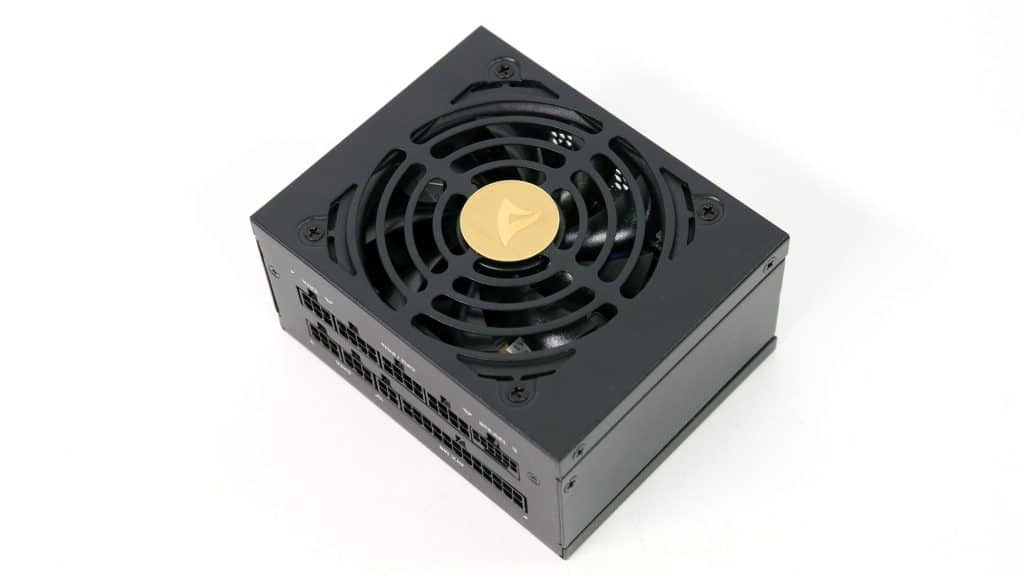Epilogue
Like its 1000W sibling, the Rebel P20 SFX 850 is a high-power, small-factor PSU that faces strong competition. Currently, this Sharkoon unit is unavailable in the US market, and in the EU, it costs 170 euros, which is a pretty stiff price. Currently, Corsair’s SF850 unit goes for about 21 euros more in the EU market, not leaving many chances for the P20 SFX 850 to have a successful sales career. Sharkoon should drastically change its pricing scheme in this SFX model if it wants to boost its sales. Undoubtedly, the SFX 850 is too expensive for what it has to offer. Moreover, at this price point, I would like to see a higher quality fan, for instance, a Hong Hua one, instead of the mediocre quality Globe Fan model used. Nonetheless, the rest of the parts are of high quality, and the same goes for the soldering quality, which is good.
Performance-wise, efficiency needs boosting, especially at light loads; load regulation needs to get tighter, especially at 12V, and the same goes for the unit’s transient response. A larger NTC thermistor would help bring the inrush currents to lower levels, and more filtering caps on the secondary side would improve ripple suppression at 12V. Vampire power also needs to get lower, mostly at 230V. On the other hand, ripple suppression is good on the minor rails, the APFC converter achieves good performance, the 5VSB rail is efficient, and the PSU’s average noise is not that high. Still, strangely enough, the 1000W model is notably less noisy at the same power output levels.
The Rebel P20 SFX 850 needs a price update to become competitive. The ideal price would be around 150 euros or even lower if this is possible. I do not know if Sharkoon can work with Sirfa to make this happen.

Before investing in a new power supply, read my Best ATX v3.x PSUs article to check all alternative PSU offerings. You help me a lot by using my affiliate links, which don’t increase the product’s price. I get a commission from Amazon every time you do it, which can make a difference for me, especially now that I am on my own, working exclusively for my media and not for someone else.
- Delivered full power at 47°C
- Increased power density
- ATX v3.1 and PCIe 5.1 ready
- Satisfactory transient response at 12V (ATX v3.1 test scenarios)
- Conservatively set OCP triggering points on the minor rails
- Within 1% regulation on the minor rails
- Good ripple suppression on the minor rails
- Close to 20ms hold-up time
- Efficient 5VSB rail
- High APFC converter’s performance
- Alternative Low Power Mode (ALPM) compatible
- Good build quality (except for the fan)
- Fully modular
- Enough cables and connectors, including a high-power one (12+4 pin, 600W)
- Long enough distance (150mm) between the peripheral connectors
- Expensive at 170 euros
- 12V OCP and OPP protection triggering points are set high
- Mediocre transient load response (normal loads)
- Efficiency needs boosting
- Ripple at 12V should be below 40mV at full load
- Lower than 70% efficiency with a 2% load
- Increased vampire power
- Only a single 4-pin Molex (adapter) is provided



The transformer’s visual impact is remarkable, but it is the optical effect compared to the size of the power supply. Seeing 1200w from such a small 850w power supply always makes a certain sense.